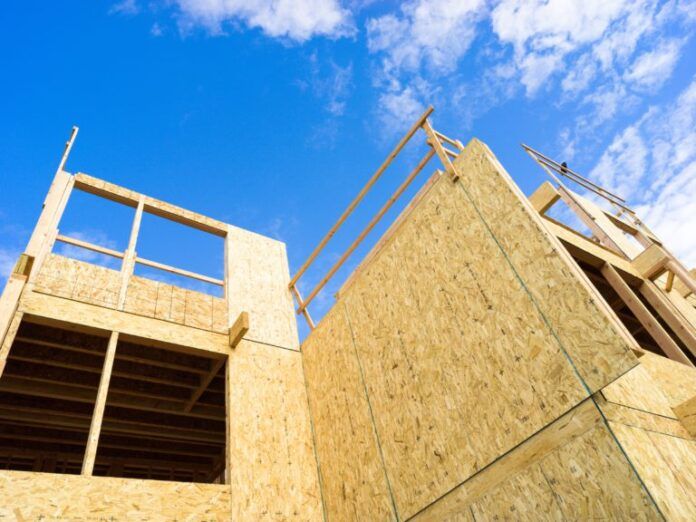It appears housing construction is down on Vancouver Island and the South Coast, which could be a problem with record immigration to B.C.
The findings are from the Chartered Professional Accountants of BC and the BC Real Estate Association. According to the accountants, 2022 saw housing construction decrease on the Island and Coast by 12.5 per cent.
They add in 2021, 3,417 housing units began on the Island and Coast excluding Greater Victoria and 2022 only saw 2,990. However, they add that it is still higher than the 2,465 average and there are more aspects to consider.
“While the number of housing units started across the region fell, it is important to note that decline is relative to the record number started in 2021,” said Fellowship chartered accountant Woody Hayes.
“The nearly 3,000 units started in 2022 across the region remains above historical levels. Given our region’s quickly growing population, this growth in supply is critical.”
The accountants found the largest gains were in Nanaimo with 1,184 starts and Duncan with 559. With only 402 starts, Courtenay saw an over 45 per cent decrease from the year before and Parksville saw a 50 per cent drop.
“The slowdown does pose a concern for the region’s housing affordability challenges,” said Hayes. “Simply put, we need policies which focus on expediting housing investment in the region.”
According to the real estate association, the rate of construction needs to increase by 25 per cent to keep up with record immigration.
That means around 43,000 completions per year for the next five years, according to their new report. They add the foreign buyers ban and record-high immigration levels will shape housing demand over the three years.
They say there is “weak” evidence that the foreign buyers ban will achieve its goal of dropping home prices and around 100,500 more permanent residents will be welcomed over the next three years.
“Lowering price growth so that income growth can catch up to prices is integral to improving housing affordability in B.C.,” said Brendon Ogmundson, BCREA chief economist.
“In our simulations, an appropriate supply response can offset the negative impact on affordability from an immigration-driven demand shock and if sustained, can achieve a permanent improvement in affordability in B.C.”
Ogmundson adds changes to zoning for more construction, increasing funding for affordable housing projects and providing incentives for developers to build more units can be used to combat the issue.






